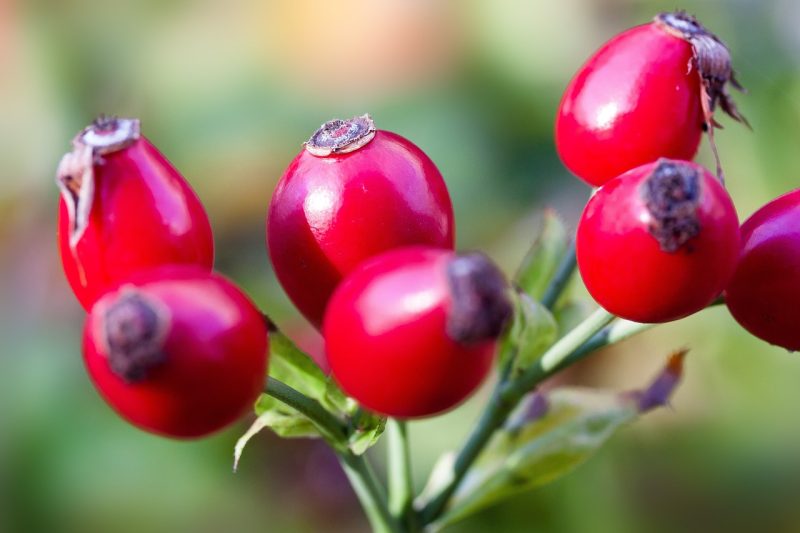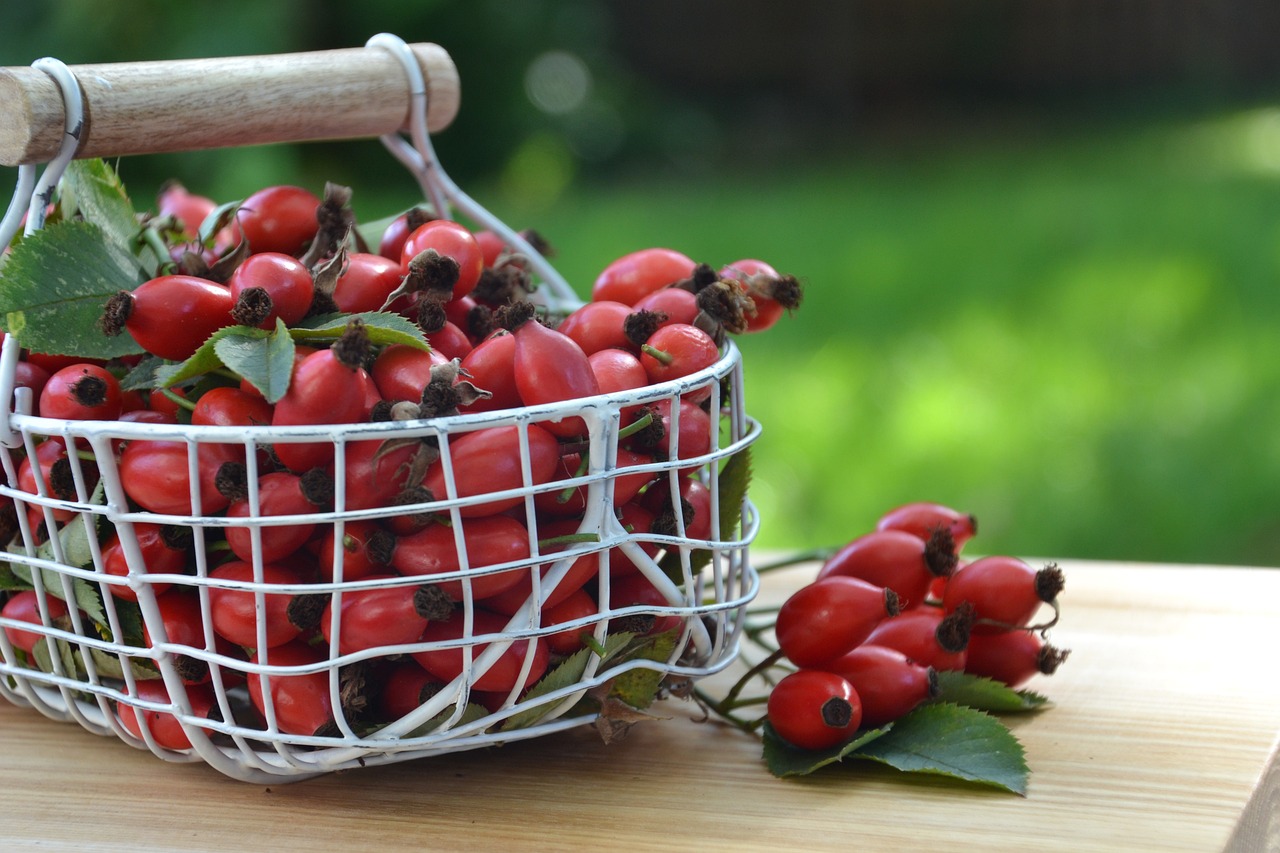This guide will walk you through everything you need to know about harvesting rose hips, from identification to uses.
What are Rose Hips?

Rose hips are the small, round fruits that develop after the flower petals of a rose have fallen off. They come in various shapes and colors, depending on the rose species. The most commonly harvested rose hips come from the wild rose species, particularly Rosa canina and Rosa rugosa. These little fruits typically mature in late summer to early fall, making autumn the perfect time for harvest.
Identifying Rose Hips
Knowing how to identify rose hips is crucial for successful harvests. Here are some key characteristics:
Color: Rose hips range from bright red to orange, and some can be even darker.
Shape: They are typically round or oval, often resembling small berries.
Size: Depending on the species, they can vary in size but are generally between 1/2 inch to 1 inch in diameter.
Location: Look for them on bushes that have surrendered their petals after a flowering season. They grow in clusters and are often found in wild, untamed areas.
When to Harvest
Timing is essential when it comes to harvesting rose hips. The best time to gather them is in late summer to early autumn, after the first frost. This is when they are ripest and their flavor is at its peak. Frost can enhance their sweetness, making them more palatable. If you miss this window, you can still collect them later in the fall, but be cautious: overripe hips may attract pests and become less desirable.
How to Harvest Rose Hips
Gather Your Tools: You will need a pair of gloves, scissors or pruning shears, and a basket or container to collect the hips.
Wear Protective Clothing: The thorns on rose bushes can be sharp, so wear long sleeves and sturdy gloves to protect yourself.
Choose Healthy Plants: Look for vibrant, healthy rose bushes. Avoid plants that show signs of disease or pest infestation, as this can impact the quality of the hips.
Harvest Carefully: Using your scissors or shears, snip the rose hips off, leaving a small stem attached. This helps to keep the hips fresh for longer. Be mindful to take only what you need, allowing others to thrive and produce seeds for the next generation.
Store Properly: Once harvested, store your rose hips in a cool, dry area or refrigerate them if you plan to use them within a week. For longer storage, consider drying or freezing them.
Uses for Rose Hips
Rose hips are incredibly versatile. Here are some popular uses for these delightful fruits:
Tea: Rose hip tea is a popular herbal beverage that offers a rich source of vitamins, particularly Vitamin C. To make it, simply dry the hips, steep them in hot water, and enjoy!
Jams and Jellies: The natural sweetness of rose hips makes for a lovely jam or jelly. Combine them with sugar and pectin to create a delightful spread for your morning toast.
Culinary Applications: Rose hips can be used in soups, sauces, or even as a garnish. They can also be added to smoothies or baked goods for an extra nutritional boost.
Skincare: Due to their high Vitamin C content and antioxidant properties, rose hips are often used in cosmetics and skincare products. They can help with skin rejuvenation and are an excellent addition to DIY skincare remedies.
Medicinal Uses: Traditionally, rose hips have been used for their anti-inflammatory properties. Some studies suggest they may help with conditions like osteoarthritis and other inflammatory diseases due to their rich antioxidant profile.
Tips for Success
Research First: Make sure you can accurately identify the rose species you are harvesting from. Not all rose hips are edible, so verification is crucial.
Give Back to Nature: When foraging, be mindful of the environment. Don’t strip the plants bare. Leave enough hips for wildlife and future growth.
Consult Experts: If you’re new to foraging, consider joining a local foraging group or attending workshops. It’s a great way to learn from experienced foragers and expand your skills.
Conclusion
Harvesting rose hips is not only a gratifying activity that connects you to nature, but it also opens up a world of culinary and health benefits.
From making soothing teas to creating delightful jams, these little fruits are a treasure trove waiting to be utilized. As you venture out this fall to collect your rose hips, remember to savor the experience, respect the environment, and enjoy the delicious rewards





